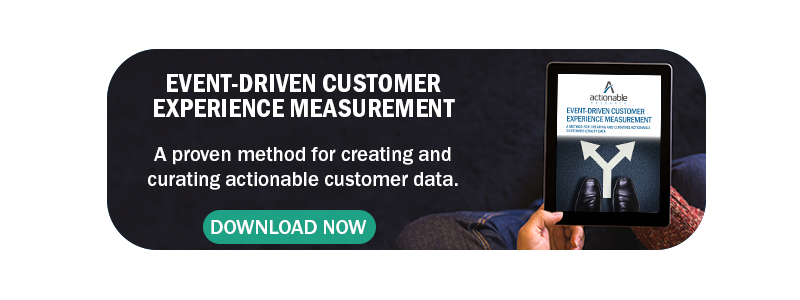Collaboration
Picture this – our research team has just wrapped up a long custom research project. We have prepared a report with tons of great insights and actionable recommendations for our audience. We’re presenting this great report to a client, answering questions, and sharing those insights – and suddenly someone says, “what if we looked at the data this way?”
Just like that, a conversation starts,”What if we did this? Do you think it would be helpful to look at the data like that? What if compared this against that?”
We love these moments because it means the client is engaged with our report and they are already starting to see the practical uses of this data. In the past, it also meant a return to the data – running new cross tabulations, performing additional analysis, creating supplementary charts. By the time the revised report was returned, however, the same audience might not all be in attendance for the presentation, or the report might simply be emailed to each person separately. The conversation that started may be challenging to restart, and the forward momentum may be halted.
Today, that ‘ah ha’ moment gives us the opportunity to highlight one of the major benefits of dashboard reporting – it’s a great tool to encourage in-the-moment collaboration between team members.
Remote Access
If you use the traditional, conference table team meeting setting, dashboard reporting can help to improve collaboration at your company. The interactive nature of dashboards allows your team to filter through results to view what’s most important to them, comparing segments, and running any ad hoc tables they may find interesting, encouraging continued conversation through investigation.
If you’re thinking collaboration with your team doesn’t involve the classic meeting around the conference table, you don’t have to worry. With online access to the report, members are able to access the report both remotely and simultaneously.
Filter and Compare
You’re able to change your view on the fly which means rarely, if ever, will you have to return to the raw data, or wait for your research team to do it for you. With dashboarding, you have the ability to immediately filter by segment or variable, and to compare those against each other.
That means you aren’t just looking at the opinions of general dentists, but maybe diving into the differences between years in practice, type of practice, and procedures performed. If it was of interest to you, you could take the segment of those dentists who are part of a group practice and place dental implants and compare purchase likelihood between those who have been in practice between 2 and 5 years and those who are nearing retirement.
Your market research firm is still going to pull out the major trends, but that comparison tool allows your internal team to play with the data and find minor trends too. Targeted marketing and messaging are the natural collaborative result of this type of interactive ad-hoc analysis.
Cohesive Messages
The opportunity to collectively discuss and review data-driven insights, through the ability to run “what-if” scenarios in a very simple way, ensures everyone is on the same page. Multi-departmental collaboration over data supports consistent messaging themes, positioning and activities in sales, marketing and product development. Dashboard reporting can be used to promote the kind of collaboration that enables the merging of different departments’ goals into one company-wide voice.
Actionable Data
Collaboration is invaluable. It often leads to results that are greater than the sum of the individual’s ideas and efforts. Our team is actively working in dashboard reporting now. We’ve seen the benefits and we plan to provide those for our clients. To learn more about how dashboarding can make your team’s collaboration more effective, contact us today!



